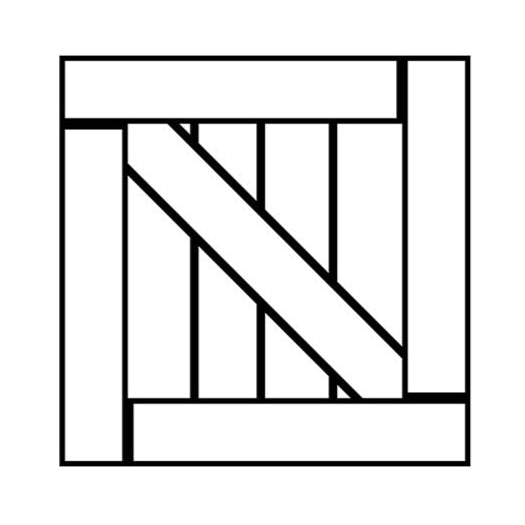Blog

FAQ - US Shipping and Tariffs/Fees
"Why am I having to pay extra fees on my package?" As of August 29, 2025, the United States White House removed Duty-Free De Minimis treatment for packages entering the...
FAQ - US Shipping and Tariffs/Fees
"Why am I having to pay extra fees on my package?" As of August 29, 2025, the United States White House removed Duty-Free De Minimis treatment for packages entering the...

Night Vision Lens Guide - 2025
At CHS, we offer one of the largest selections of night vision lenses on the market, tailored to fit a wide range of user needs and preferences. Much like choosing...
Night Vision Lens Guide - 2025
At CHS, we offer one of the largest selections of night vision lenses on the market, tailored to fit a wide range of user needs and preferences. Much like choosing...
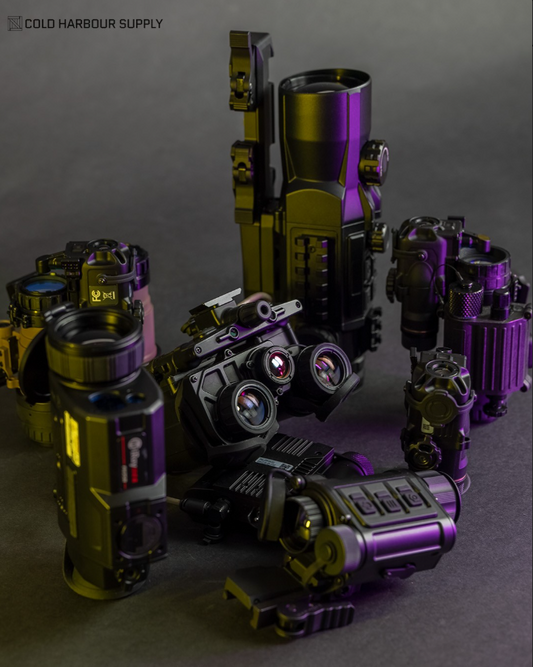
Thermal Device Buyer's Guide
Getting into thermals can be confusing. Here are the SIX main considerations and specifications you want to watch out for and what they mean (ranked in order of most to...
Thermal Device Buyer's Guide
Getting into thermals can be confusing. Here are the SIX main considerations and specifications you want to watch out for and what they mean (ranked in order of most to...
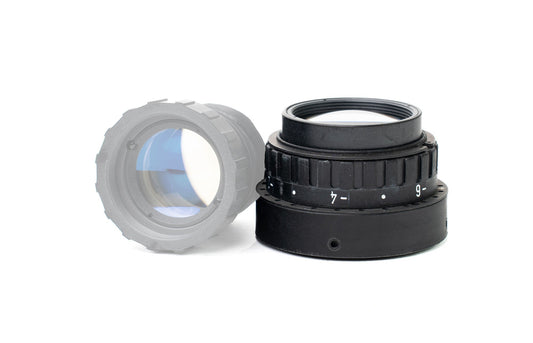
Cold Harbour Supply Partners with Rochester Pre...
Toronto, ON - February 20, 2025 - Cold Harbour Supply is pleased to announce a new direct partnership with Rochester Precision Optics to stock and distribute the new NVD-Next (NVD-N)...
Cold Harbour Supply Partners with Rochester Pre...
Toronto, ON - February 20, 2025 - Cold Harbour Supply is pleased to announce a new direct partnership with Rochester Precision Optics to stock and distribute the new NVD-Next (NVD-N)...
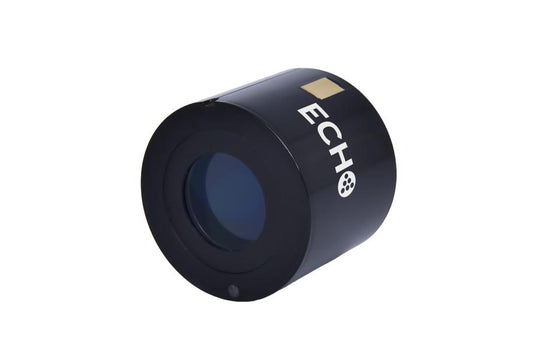
Echo, Echo+ and Echo++ - Photonis Intensifiers ...
Starting Q2 2024 and continuing into 2025, Photonis (now Exosens) Echo intensifiers will move from 1600-2000 FOM to 1800-2200 FOM; Echo+ will move from 2000-2200+ FOM to 2200+ FOM. This...
Echo, Echo+ and Echo++ - Photonis Intensifiers ...
Starting Q2 2024 and continuing into 2025, Photonis (now Exosens) Echo intensifiers will move from 1600-2000 FOM to 1800-2200 FOM; Echo+ will move from 2000-2200+ FOM to 2200+ FOM. This...
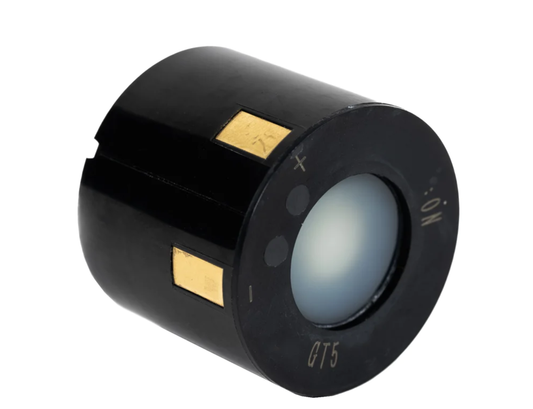
NNVT - Comparison & Various Grades
As the popularity of night vision continues to grow, demand for quality night vision has also grown substantially, leading to long lead times and pre-orders for night vision. Recognizing the...
NNVT - Comparison & Various Grades
As the popularity of night vision continues to grow, demand for quality night vision has also grown substantially, leading to long lead times and pre-orders for night vision. Recognizing the...
